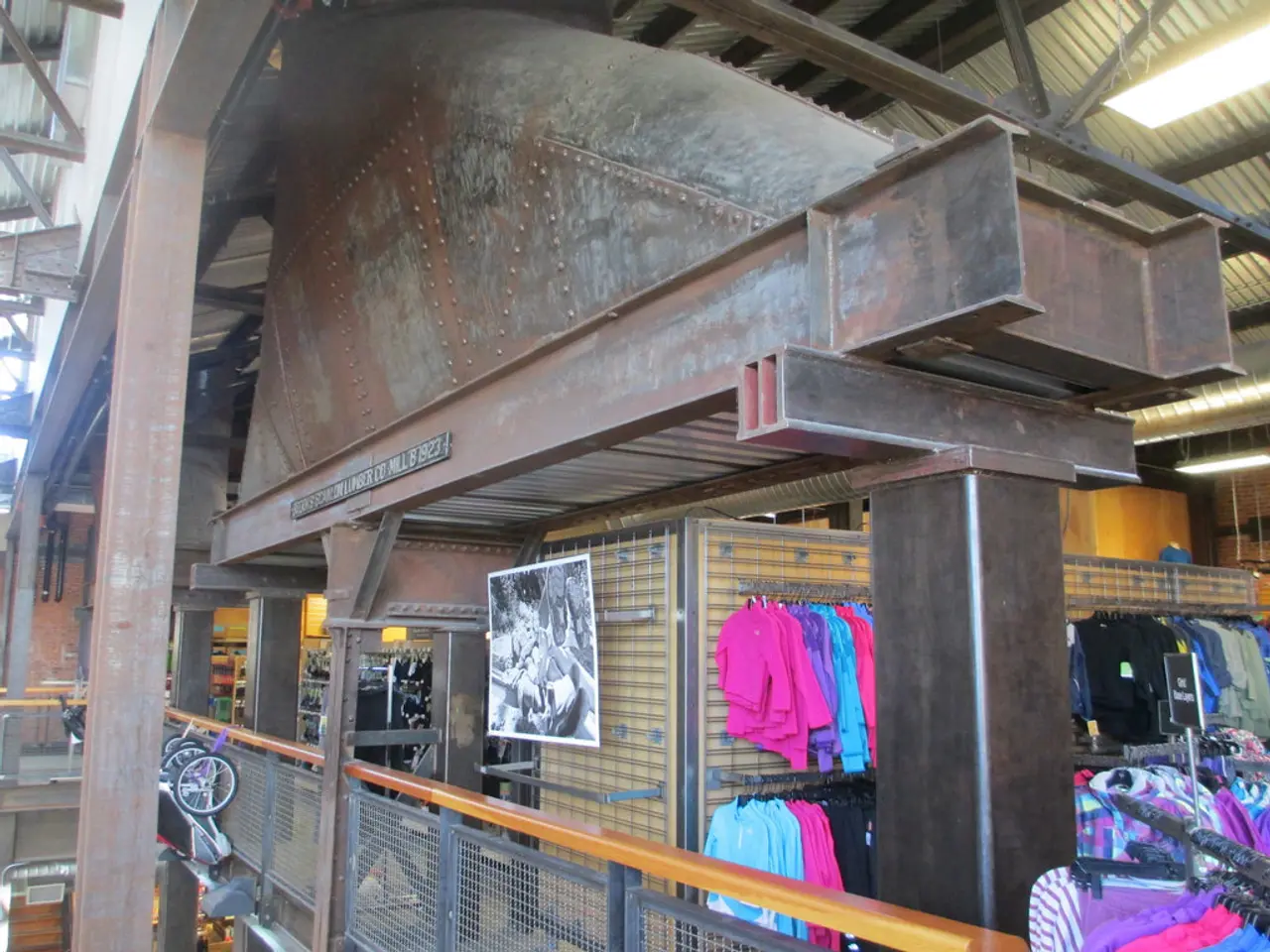U.S. Boosts Canadian Lumber Tariffs to 45%, Threatening Housing Market
The U.S. has once again increased tariffs on Canada, this time by an additional 10%, bringing the total duty to 45%. This move, effective today, further raises concerns about the housing market, as stated by NAHB Chairman Buddy Hughes.
The tariffs, imposed under Section 232 of the Trade Expansion Act of 1962, come into force on Oct. 14. They are expected to raise construction and renovation costs, as Canada accounts for nearly 85% of all U.S. lumber imports. The U.S. imports roughly one-third of its lumber consumption due to insufficient domestic production.
In recent weeks, duties on Canada have more than doubled, jumping from 14.5% to 35%. Today's action builds on this, further increasing the burden on the industry. The U.S. Commerce Department initially imposed a 10% tariff on all timber and lumber imports, which was later followed by an additional 25% tariff on kitchen cabinets and furniture. These tariffs will rise to 30% and 50% respectively on Jan. 1, 2026.
The U.S. government's decision to increase tariffs on Canada is set to impact the housing market, as warned by NAHB Chairman Buddy Hughes. With Canada being a major supplier of lumber to the U.S., these duties are expected to raise construction and renovation costs. The industry braces for further challenges as the tariffs take effect.
Read also:
- Orioles' 2025 Turnaround Powered by Late-Season Pitching Acquisitions
- The Cost of Speech is Zero, True Strength Lies in Unity
- Aiming to simplify the move towards cleaner automobiles, the newly established ministry plans to take direct action with Pannier-Runacher, Létard, and Vautrin at the helm.
- "The imperfect yet essential documentary, "Planet of the Humans," raises challenging and uncomfortable inquiries"







